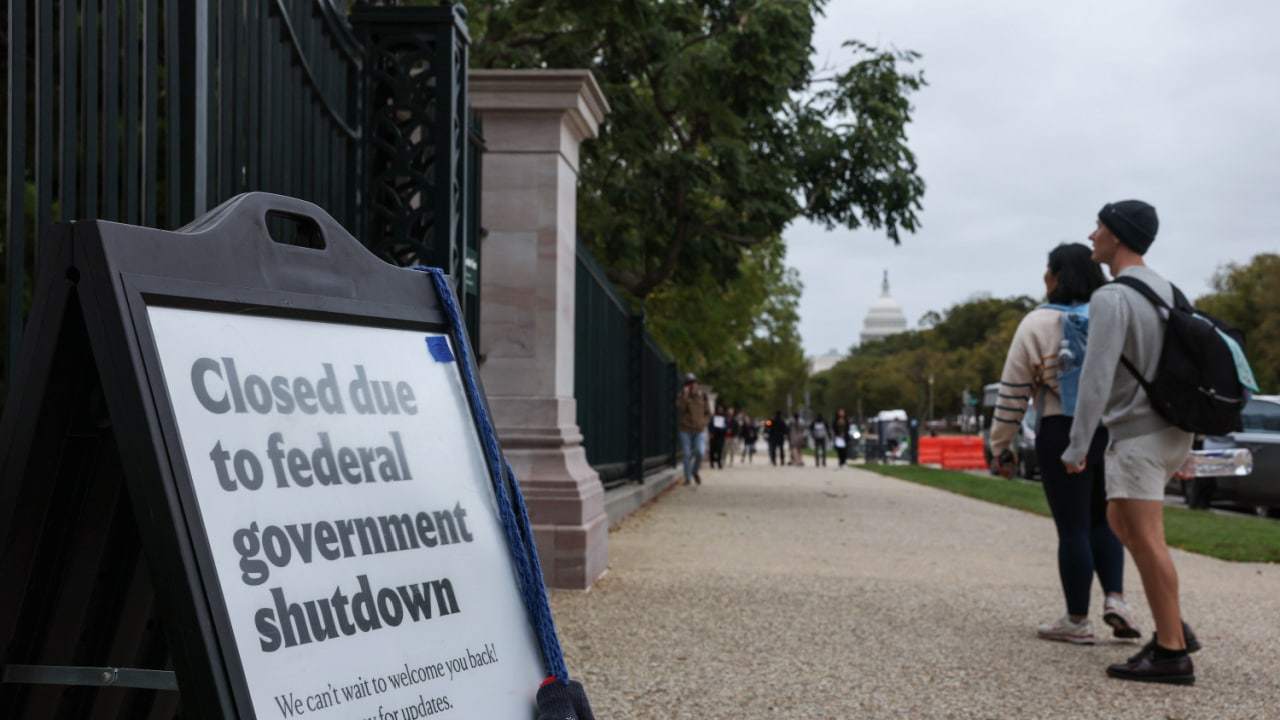Thieves Vanish With Colombian Gemological History in the Shocking Louvre Heist
The Louvre heist reads like a Hollywood dramatic-comedy. In less than ten minutes, the robbers climbed a ladder, cut through a window, and escaped with nineteenth-century French royal crown jewels. Two of the pieces included Colombian emeralds. The heist is something everyone around the world is talking about with mixed reactions. Some people mourn the loss of priceless pieces of human history, while others obsess over how the thieves pulled off the heist.
The Louvre heist includes Colombian emeralds
The thieves made out with $102 million (€88 million) worth of French crown jewels. Royal families passed the jewels down carefully through many generations. Two of the pieces have ties to Spanish colonialism in Colombia. Napoleon Bonaparte set the jewels into a pair of earrings and a necklace that he gifted to his second wife, Marie-Louise of Austria, in March 1810.
French jeweler François-Régnault Nitot created the set as part of a larger collection that included a tiara. The necklace holds 32 emeralds and 1,138 diamonds alone. European royalty highly valued the emeralds for their exceptional clarity and enduring beauty.
The emeralds come from Muzo mines in Boyacá. The Colombian Emerald Federation (Fedesmeraldas) confirmed the authenticity of the Colombian emeralds to El País. The loss of the gems is more than a loss to France; they are a loss for Colombia.
“The pieces are not just jewels, they are tangible documents that trace the history of the global emerald trade,” Óscar Baquero, the president of Federmeraldas, told local media in Colombia. “The theft of Marie Louise’s necklace constitutes an outrage against a symbol of Colombia’s emerald heritage.”
Recently, emerald experts in Colombia have been working to determine the gems’ purity, true value, and how they ended up in jewelry for French royalty. The Colombian Emerald Technological Development Center Corporation is releasing the findings in the coming week.
The heist is adding to the conversation of stolen heritage
There have been growing calls in recent years for countries to repatriate stolen pieces of heritage and culture. Museums in Europe are filled with statues, paintings, jewels, and other antiquities stolen from other countries. Years of conquest and colonialism stripped people of important cultural artifacts that are now in museums around Europe and North America.
Mexico has been aggressively clawing back important cultural objects that have been stolen and now sit in museums. The Mexican government has worked with countries around the world to bring back stolen artifacts. Since 2018, Mexico has repatriated 1,300 pieces of cultural heritage from Europe. In total, since President Andrés Manuel López Obrador initiated the effort, Mexico has repatriated 14,000 artifacts from other countries.
The concern remains that the jewelry will be dismantled and sold to different buyers. This means a significant loss to human history. The dismantling of the jewelry from the Louvre heist not only erases a piece of French history, but of Colombian history.




